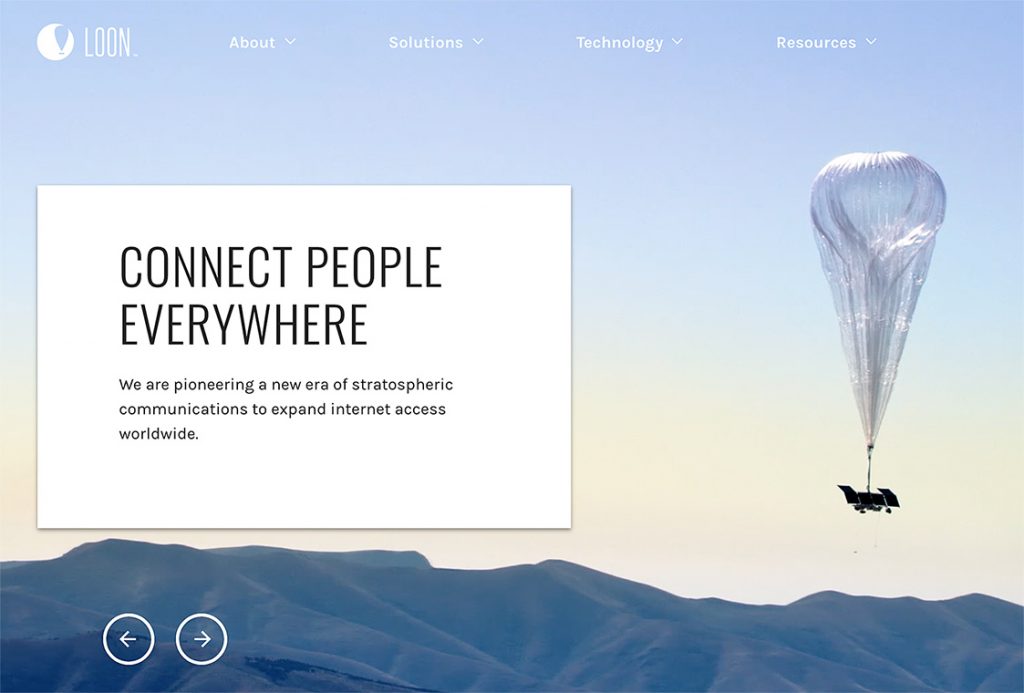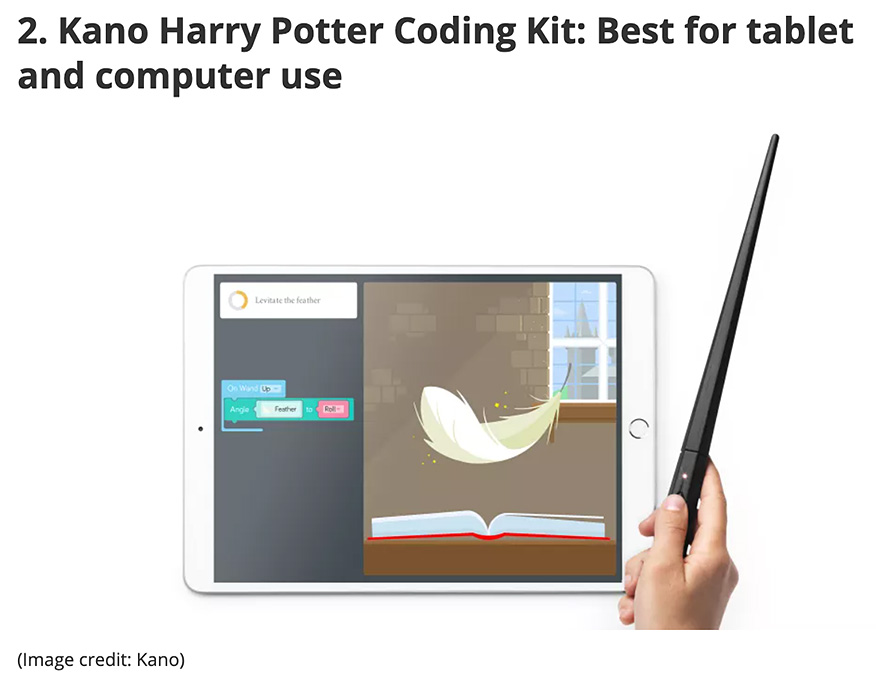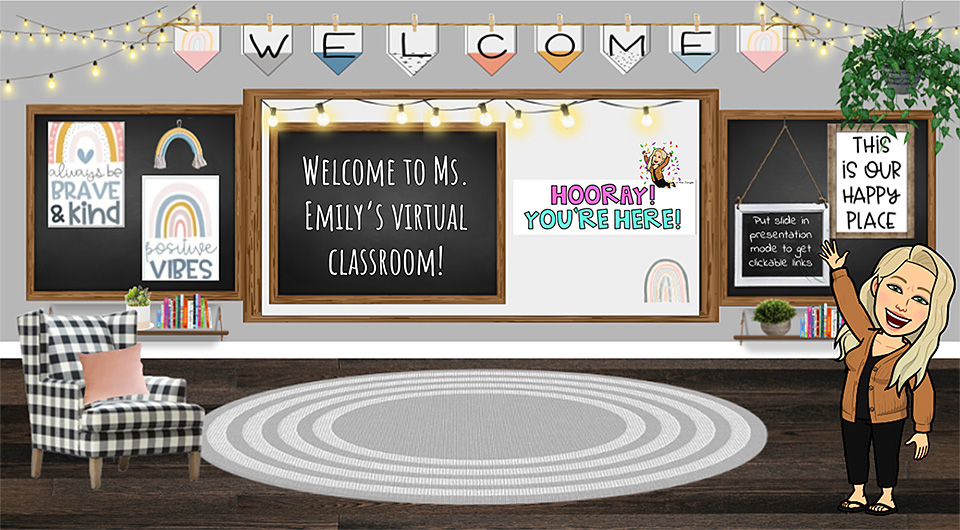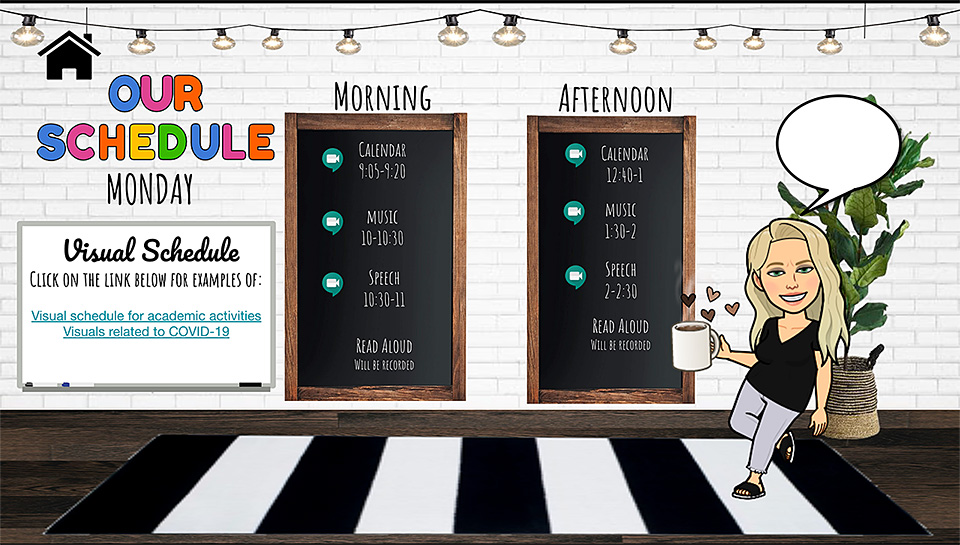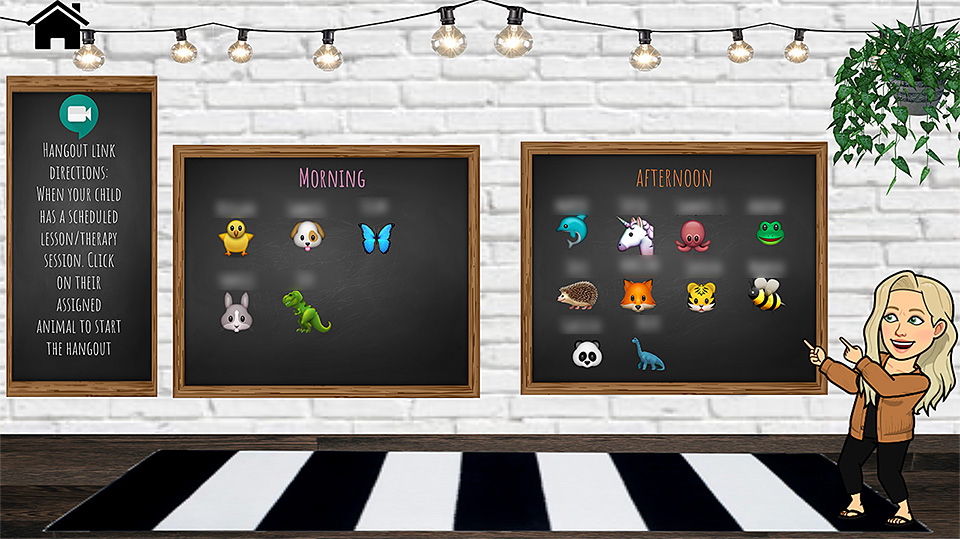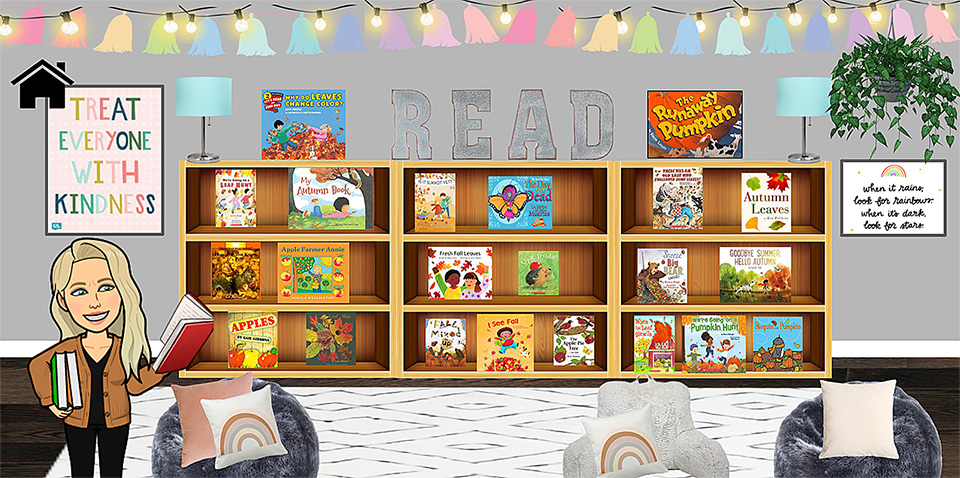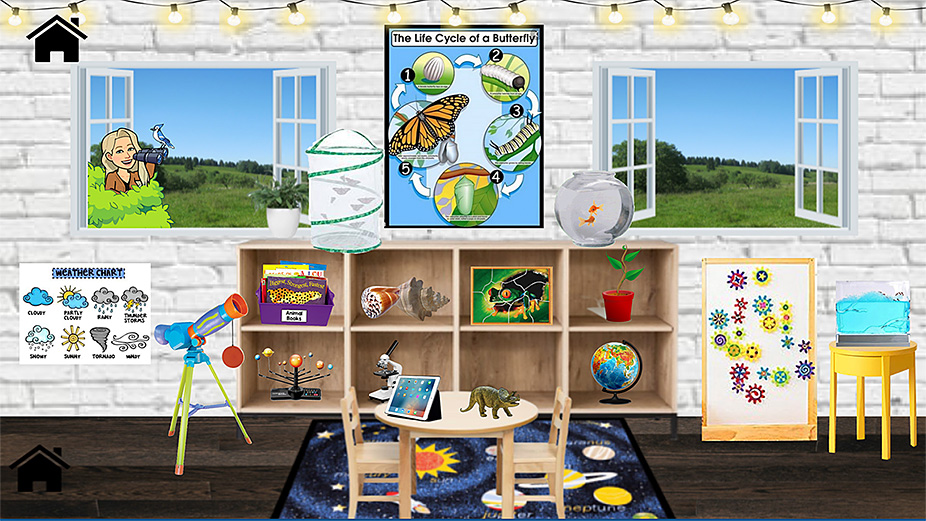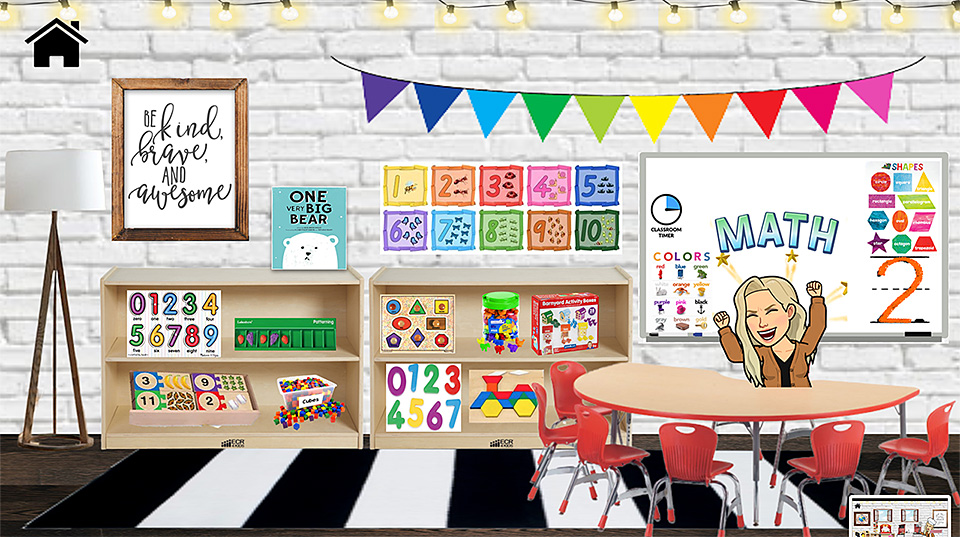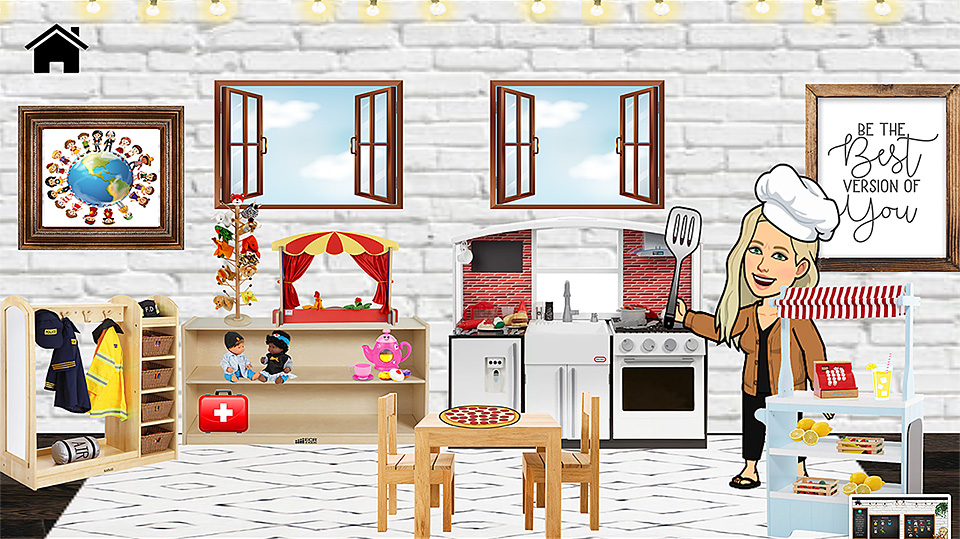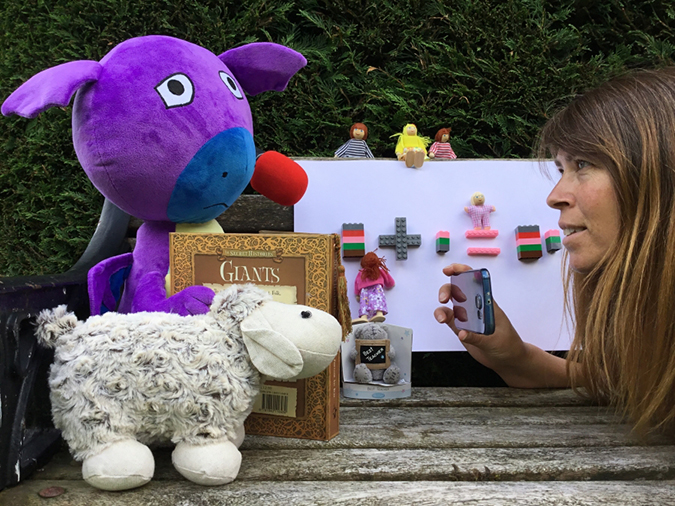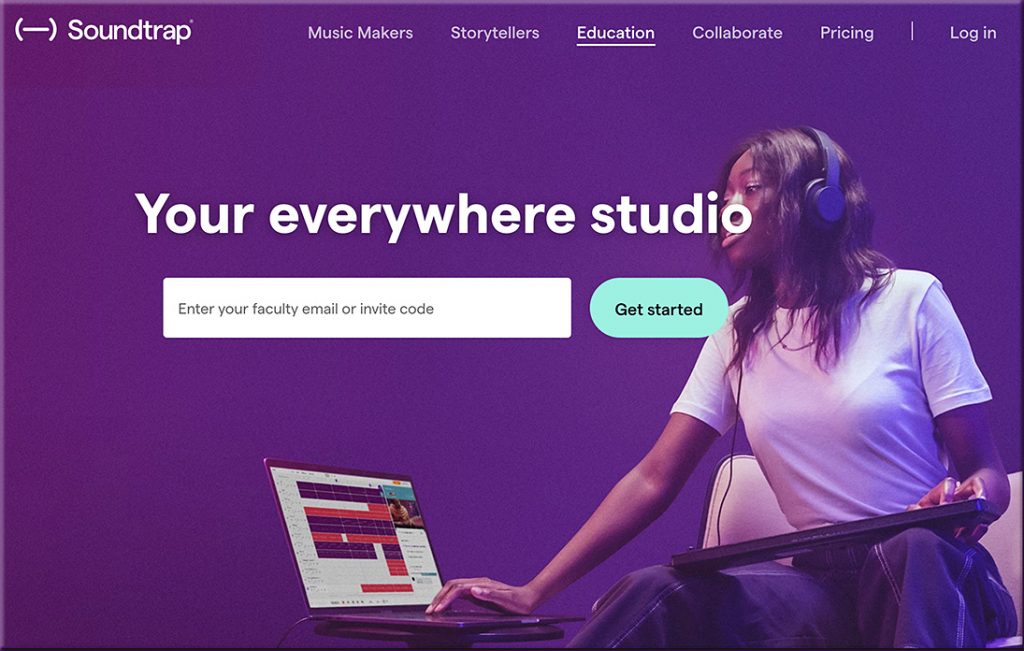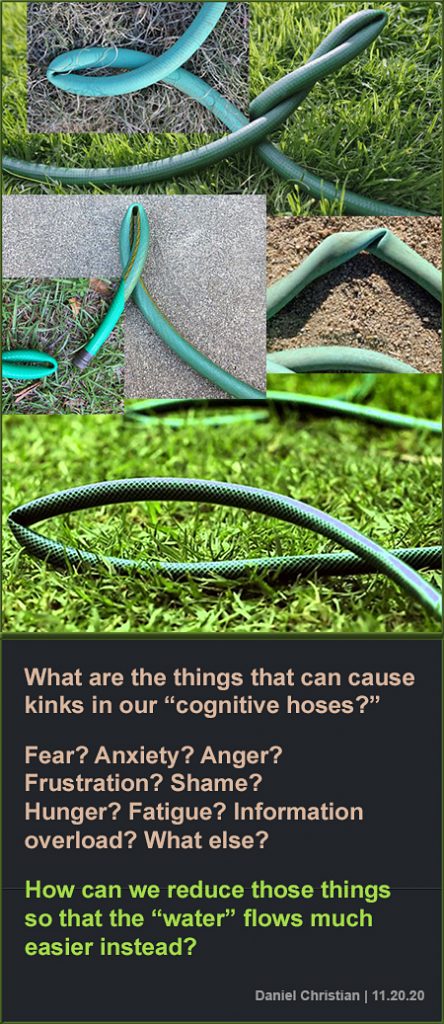The Digital Divide for Tribal College Students — COVID, CARES Act, and Critical Next Steps — from diverseeducation.com
Excerpt:
In this episode staff writer Sara Weissman shares a story that focuses on the digital divide for Native Americans by bringing in voices of tribal college leaders and their students during the COVID 19 pandemic.
Many don’t know but Native American colleges and universities have long struggled with the worst internet connectivity in the nation while ironically paying the highest rates for service. Hear first-hand how students from Diné College and other institutions are currently affected. Carrie Billie (Big Water Clan), President & CEO of the American Indian Higher Education Consortium (AIHEC) and Dr. Cynthia Lindquist (Star Horse Woman), President of Cankdeska Cikana Community College in North Dakota, break down the data and lay out critical next steps necessary to address the digital divide.
Many don’t know but Native American colleges and universities have long struggled with the worst internet connectivity in the nation while ironically paying the highest rates for service.
From DSC:
When will there be justice!? Let’s join in and make amends and provide the funding, concrete assistance, products, and services to Native American colleges, universities, and communities. Some potential ideas:
- For the short term, could there be Loon balloons deployed immediately to provide free and stronger access to the Internet?
- Could our Federal Government make amends and do the right thing here? (e-rate program, put Internet access in, make policy changes, offer more grants, other?)
- Could Silicon Valley assist with hardware and software? For example:
- Can Apple, HP, Microsoft, and others donate hardware and software?
- Can Zoom, Adobe, Cisco Webex, Microsoft Teams, and others donate whatever these communities need to provide videoconferencing licenses?
- Could telecom providers provide free internet access?
- Could MOOCs offer more free courses?
- Could furniture makers such as Steelcase, Herman Miller, and others donate furniture and help establish connected learning spaces?
- How might faculty members and staff within higher education contribute?
- How could churches, synagogues, and such get involved?
- Could the rest of us locate and donate to charities that aim to provide concrete assistance to Native American schools, colleges, universities, and communities?
We need to do the right thing here. This is another area* where our nation can do much better.
* Here’s another example/area where we can do much better and make amends/changes.
Addendum on 12/7/20:
- How to Implement Long-Term Remote Learning in a Rural Area— from techlearning.com by Ray Bendici









